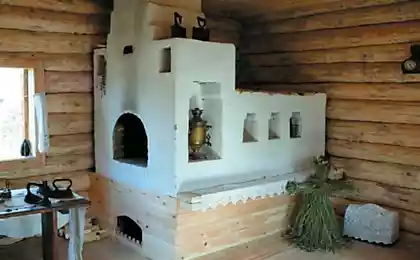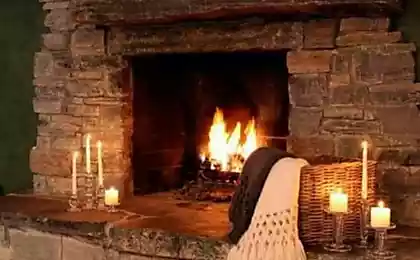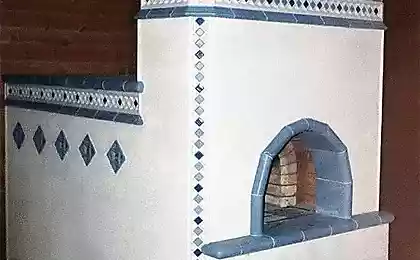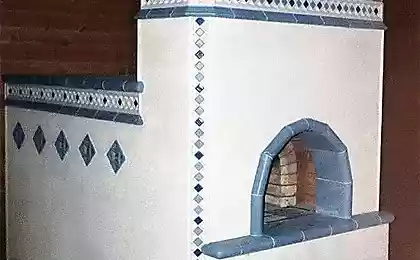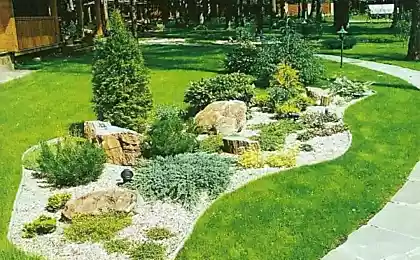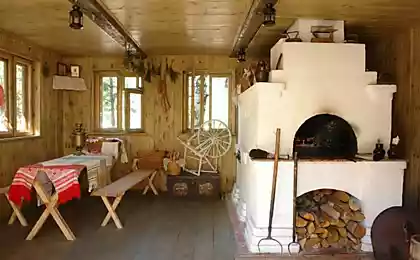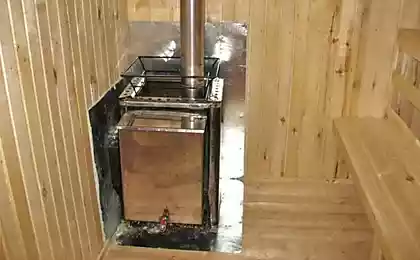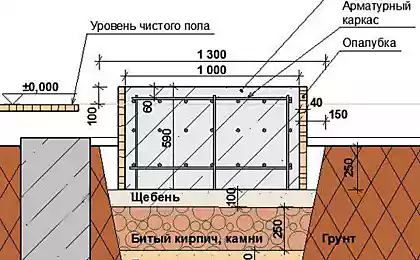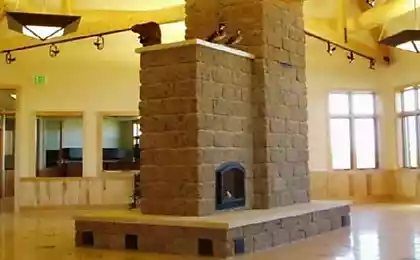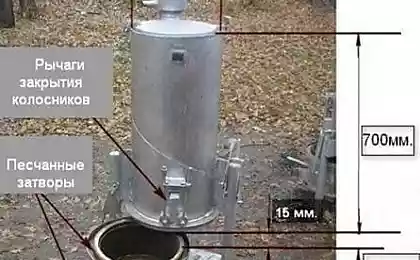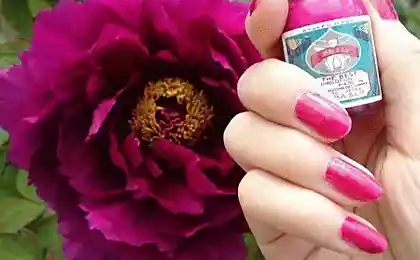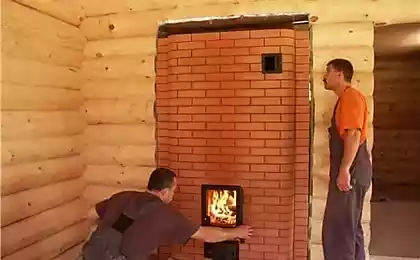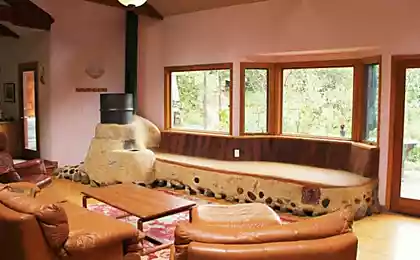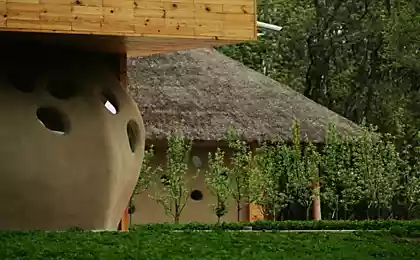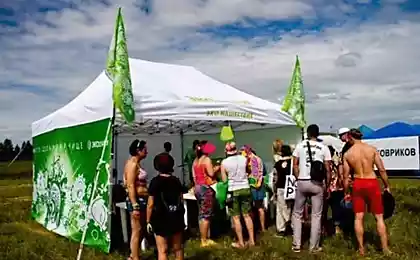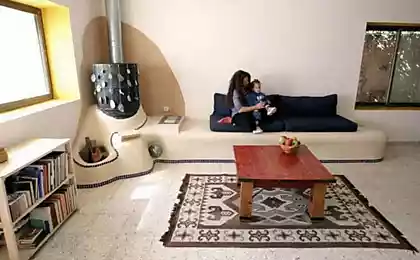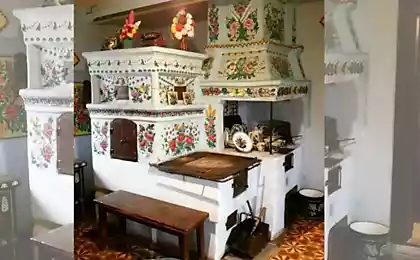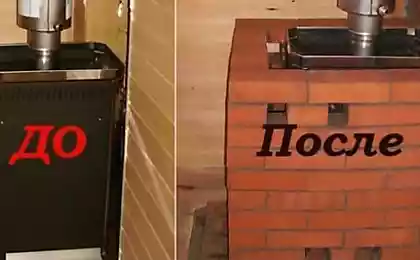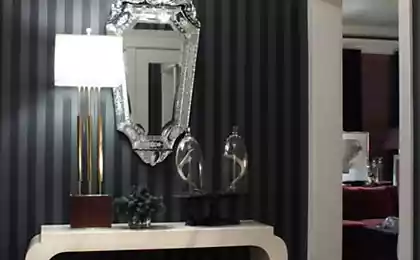418
Natural eco-friendly nail Polish for the stove in 3 steps
We have been looking for options of how to cover a stove that she looked beautiful and you could see the old bricks with inscriptions, and to "breathe."
Leave unpainted brick oven is not very aesthetically pleasing. And cover with baking varnish is also not desirable: it is heat resistant though, but in any case, when the bricks become very hot, some harmful substances released into the air.
And then, the varnish has a very pungent odor when they paint, that means a few days in the house can not live, it is necessary to ventilate the room thoroughly. The potters somehow suggest to leave the oven unpainted, say, from Polish stove ceases to “breathe”.
In General, each season we struggled to paint my oven and each time refused this decision.
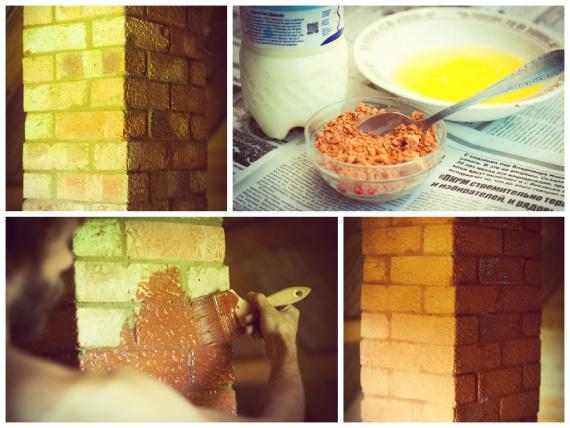
So a few days ago, we visited friends who moved from town to village. They are now actively doing renovation in older homes built including a new brick oven a real beauty. The conversation turned for the varnish, and the guys told us an interesting thing: a stove, which made it the stove, knows some secret of how to cover brick with natural and environmentally friendly way. He said that this tool consists of three components: brick dust (which remains after cutting and grinding of brick), domestic cow's milk and another ingredient, the name of which the master is not in any wanted to give.
At home I did some research online and found that yet, Yes, there is a recipe for a natural “Polish” for the furnace, and it is actually three components: dust, milk and... raw egg whites. I immediately decided to try to make a mixture. However, proportions in the Internet I could not find, so I had to experiment. Empirically I found that most good option -
Ingredients:
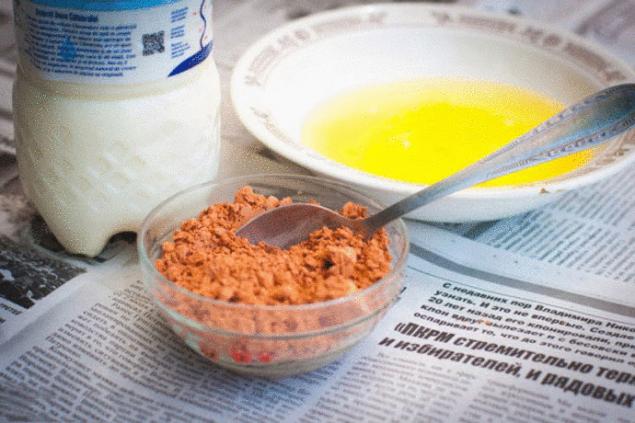
1. Prepare all components with the assumption that on average, 1 square meter of bricks takes about 6-7 proteins.
Mix all in a ratio of 1:1: 1 tablespoon powder, 1 tbsp milk and 6-7 of protein per 1 sq m of the furnace.
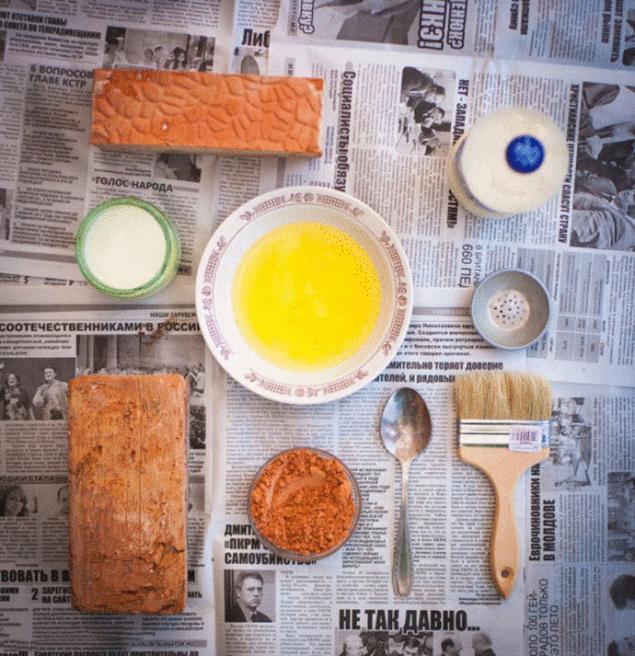
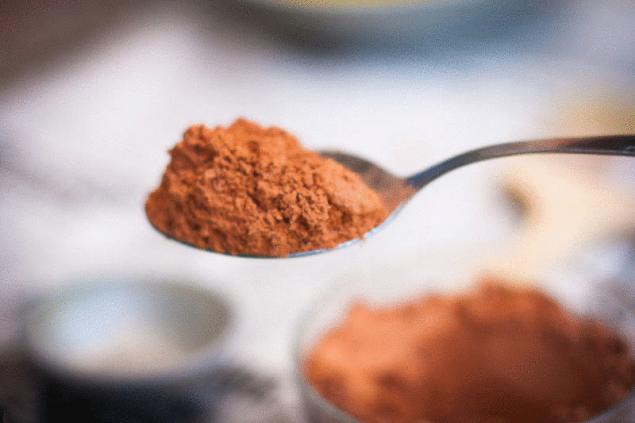
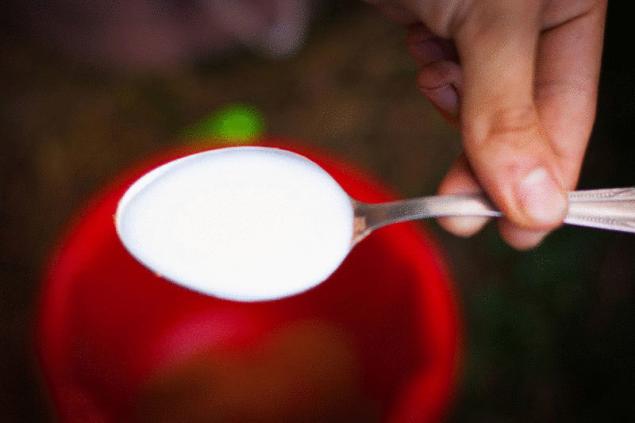
2. To find the right shade, pieskarieties first on the test bricks.
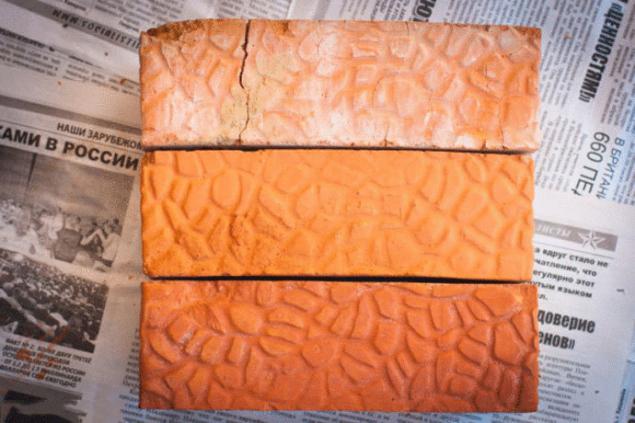
We have done so. Separated protein. Measured received amount of protein. Added to the capacity of the same milk home. Covered brick dust in the same volume. Then well stirred with a mixer (drill). It took us 40 proteins on the stove and the chimney 10. And there there was something. It is better to make with the stock.
3. Then apply the varnish on the stove.
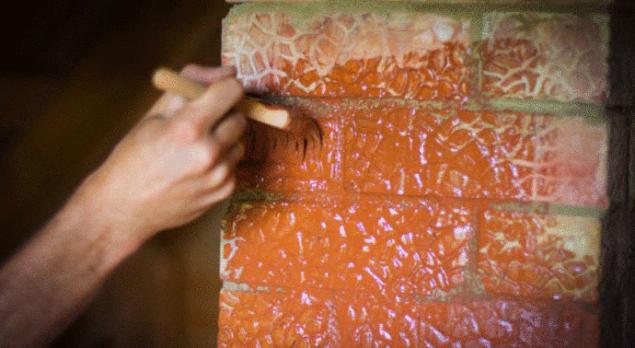
One caveat: after this coating, the bricks are still a little more stain, but just a little bit. In order to completely avoid this shortcoming, it is necessary to cover the oven over the “varnish” of a single layer of pure egg whites. Then the color will be more vibrant. But Shine, as from the chemicals, in any case will not. For someone it is plus, for someone may be negative.
After painting furnace-natural eco-friendly way in the room would be slightly to smell the sweet milk, but very nice.published
Source: www.eco-moldova.com/naturalnyj-ekologichnyj-lak-dlya-pechi-svoimi-rukami/
Leave unpainted brick oven is not very aesthetically pleasing. And cover with baking varnish is also not desirable: it is heat resistant though, but in any case, when the bricks become very hot, some harmful substances released into the air.
And then, the varnish has a very pungent odor when they paint, that means a few days in the house can not live, it is necessary to ventilate the room thoroughly. The potters somehow suggest to leave the oven unpainted, say, from Polish stove ceases to “breathe”.
In General, each season we struggled to paint my oven and each time refused this decision.

So a few days ago, we visited friends who moved from town to village. They are now actively doing renovation in older homes built including a new brick oven a real beauty. The conversation turned for the varnish, and the guys told us an interesting thing: a stove, which made it the stove, knows some secret of how to cover brick with natural and environmentally friendly way. He said that this tool consists of three components: brick dust (which remains after cutting and grinding of brick), domestic cow's milk and another ingredient, the name of which the master is not in any wanted to give.
At home I did some research online and found that yet, Yes, there is a recipe for a natural “Polish” for the furnace, and it is actually three components: dust, milk and... raw egg whites. I immediately decided to try to make a mixture. However, proportions in the Internet I could not find, so I had to experiment. Empirically I found that most good option -
Ingredients:
- brick dust
- milk
- raw egg whites

1. Prepare all components with the assumption that on average, 1 square meter of bricks takes about 6-7 proteins.
Mix all in a ratio of 1:1: 1 tablespoon powder, 1 tbsp milk and 6-7 of protein per 1 sq m of the furnace.



2. To find the right shade, pieskarieties first on the test bricks.

We have done so. Separated protein. Measured received amount of protein. Added to the capacity of the same milk home. Covered brick dust in the same volume. Then well stirred with a mixer (drill). It took us 40 proteins on the stove and the chimney 10. And there there was something. It is better to make with the stock.
3. Then apply the varnish on the stove.

One caveat: after this coating, the bricks are still a little more stain, but just a little bit. In order to completely avoid this shortcoming, it is necessary to cover the oven over the “varnish” of a single layer of pure egg whites. Then the color will be more vibrant. But Shine, as from the chemicals, in any case will not. For someone it is plus, for someone may be negative.
After painting furnace-natural eco-friendly way in the room would be slightly to smell the sweet milk, but very nice.published
Source: www.eco-moldova.com/naturalnyj-ekologichnyj-lak-dlya-pechi-svoimi-rukami/
